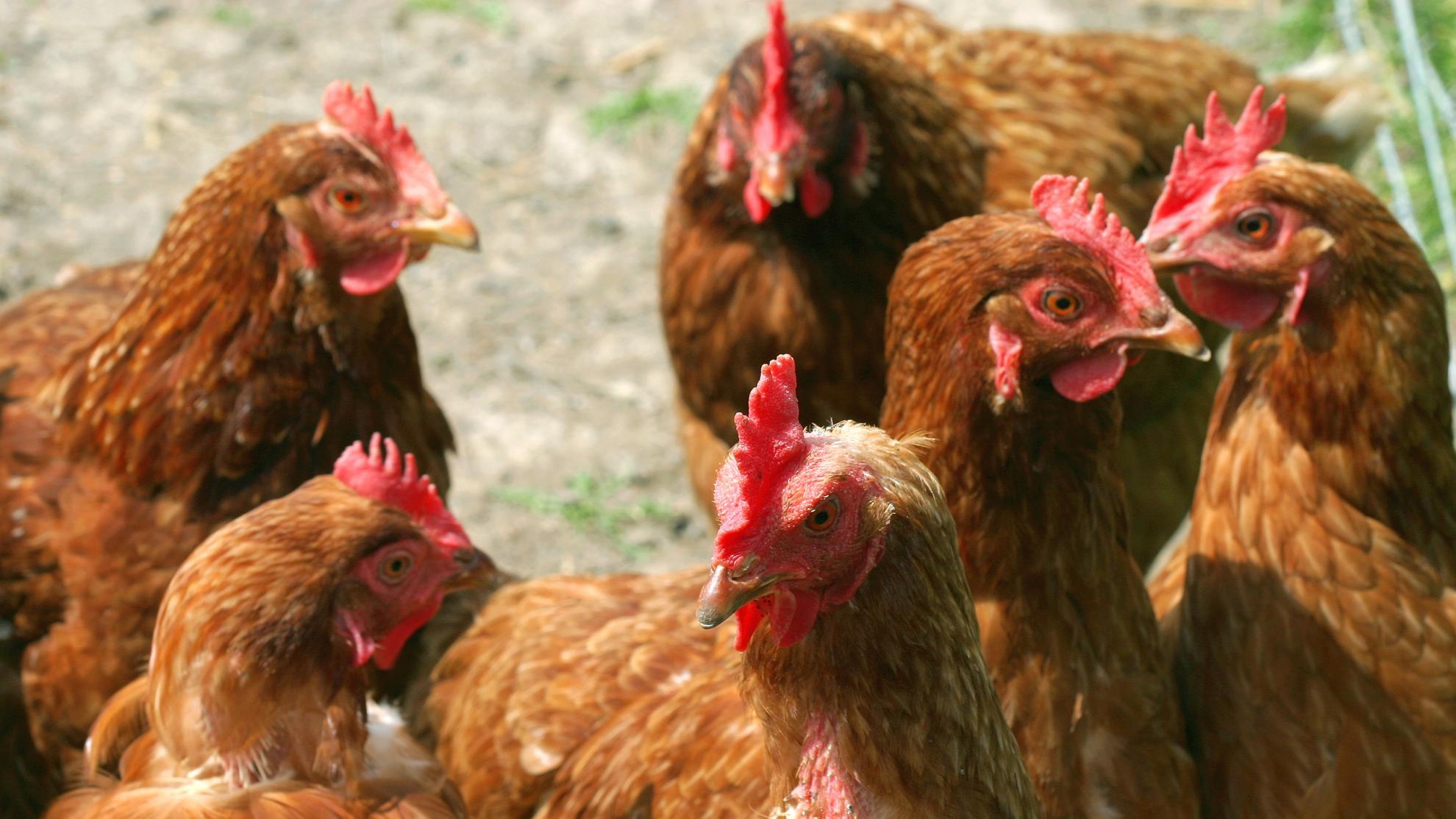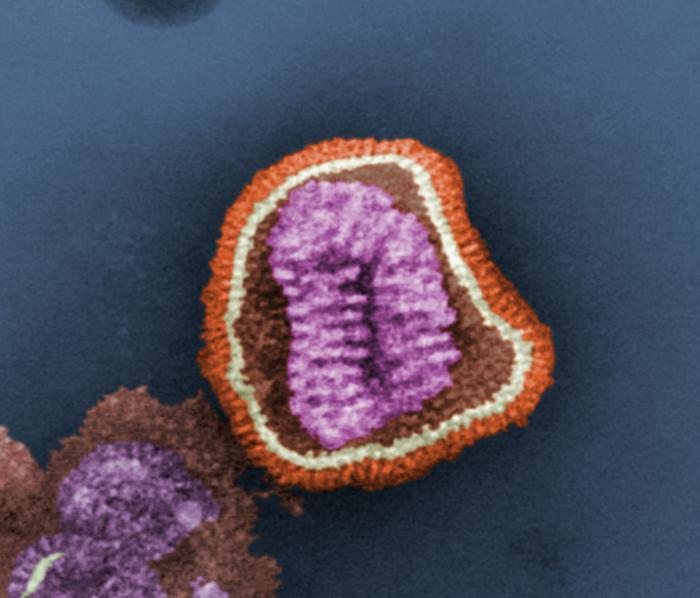Immunogenicity of Matrix Protein 2 Ectodomain (M2e) Displayed on Nodavirus-like Particles as Avian Influenza Vaccine for Poultry
Avian influenza is an economically significant disease affecting poultry worldwide and is caused by influenza A viruses that can range from low to highly pathogenic strains. These viruses primarily target the respiratory, digestive, and nervous systems of birds, leading to severe outbreaks that threaten poultry production and pose zoonotic risks. The ectodomain of the avian influenza virus (AIV) matrix protein 2 (M2e), known for its high conservation across influenza strains, has emerged as a promising candidate for developing a universal influenza vaccine in a mouse model. However, the efficacy of such expression against poultry AIVs remains limited. The objective of this study was to evaluate the immunogenicity of nodavirus-like particles displaying the M2e proteins. In this study, three synthetic heterologous M2e genes originated from AIV strains H5N1, H9N2 and H5N2 were fused with the nodavirus capsid protein (NVC) of the giant freshwater prawn Macrobrachium rosenbergii (NVC-3xAvM2e) prior to immunogenicity characterisations in chickens. The expression vector pTRcHis-TARNA2 carrying the NVC-3xAvM2e gene cassette was introduced into E. coli TOP-10 cells. The recombinant proteins were purified, inoculated into one-week-old specific pathogen-free chickens subcutaneously and analysed. The recombinant protein NVC-3xAvM2e formed virus-like particles (VLPs) of approximately 25 nm in diameter when observed under a transmission electron microscope. Dynamic light scattering (DLS) analysis revealed that the VLPs have a polydispersity index (PDI) of 0.198. A direct ELISA upon animal experiments showed that M2e-specific antibodies were significantly increased in vaccinated chickens after the booster, with H5N1 M2e peptides having the highest mean absorbance value when compared with those of H9N2 and H5N2. A challenge study using low pathogenic AIV (LPAI) strain A/chicken/Malaysia/UPM994/2018 (H9N2) at 106.5 EID50 showed significant viral load in the lung and cloaca, but not in the oropharyngeal of vaccinated animals when compared with the unvaccinated control group. Collectively, this study suggests that nodavirus-like particles displaying three heterologous M2e have the potential to provide protection against LPAI H9N2 in chickens, though the vaccine's efficacy and cross-protection across different haemagglutinin (HA) subtypes should be further evaluated.

